How to add Mailchimp subscribers from a webhook
Webhooks-driven automation is a powerful tool for expanding your email list efficiently. By leveraging Mailchimp’s API, you can instantly add subscribers whenever users take action on your platform. This comprehensive guide will cover all the technical requirements needed for seamless integration. By adopting this approach, marketing teams can save significant time by eliminating the need for manual CSV uploads. Webhooks trigger real-time updates whenever forms are submitted or purchases are made.
Proper preparation is crucial to ensure no leads are missed due to human error or delays. Follow these well-tested guidelines to connect any platform to Mailchimp effectively. Avoid common pitfalls like duplicate entries or exceeding API limits. This method is applicable across various systems, including custom-built platforms, Shopify, and PHP.

Understanding Webhooks and Mailchimp Integration
Webhooks act as digital messengers between apps, notifying your server when predefined events occur elsewhere. Mailchimp sends these alerts using its REST API, requiring a specific URL endpoint on your server for integration. Typically, this endpoint receives structured data in JSON format. Common triggering events include e-commerce transactions or newsletter sign-ups.
With this automated approach, manual email imports become unnecessary. Mailchimp’s API provides detailed data, including custom merge fields. It’s crucial to match Mailchimp’s expected schema with webhook payloads exactly. Testing can help you avoid formatting errors that may disrupt the integration. A well-configured setup will show new members appearing within seconds. Authentication failures are a typical cause of integration issues, so always verify your webhook security policies in advance.
Steps to Add Mailchimp Subscribers:
The following steps outline how to add Mailchimp subscribers using a webhook.
Step 1: Obtain Your Mailchimp API Key
Navigate to the profile menu on your Mailchimp account dashboard. Carefully go to Account > Extras > API keys. If it’s your first time integrating, create new credentials. The API key, consisting of 32 characters, always starts with your data center code. Securely store this sensitive information in encrypted environment variables. Never embed API keys directly in frontend code repositories. The data center prefix, like “us21,” appears before the hyphen in the key. API endpoints require this geographic reference. Revoke compromised keys from the same interface, as created keys will immediately invalidate previous credentials.
Step 2: Identify Your Audience ID
Mailchimp organizes contacts into separate audiences, previously known as lists. Under the Audiences dashboard tab, locate your target audience. Click the dropdown arrow next to the audience name and select Settings > Audience name and defaults. Scroll down to find the “Unique ID for the audience.” Alternatively, you can programmatically extract IDs using the API itself. Ensure this ID matches your intended recipient list, as errors can lead to subscribers being placed in incorrect audiences. Enterprise accounts may manage hundreds of different audiences.
Step 3: Set Up a Webhook Endpoint
Create a secure API path using Node.js, Python, or PHP frameworks. Ensure this endpoint accepts only POST requests. Mailchimp requires HTTPS communications, so apply SSL encryption. Structure the endpoint to handle JSON payloads effectively. Verify incoming IPs against Mailchimp’s webhook IP ranges. Immediately reject requests lacking appropriate headers. Rate limiting helps prevent denial-of-service attacks. Use timestamps for debugging to log all incoming requests. Catch malformed payloads gracefully in error handling. The endpoint must consistently return correct HTTP status codes.
Step 4: Map Webhook Data to Mailchimp Fields
Thoroughly review the webhook payload structure from your source platform. Consistently extract email addresses from the hierarchical JSON path. Map Mailchimp’s merge_fields to first_name/last_name fields. Translate boolean values into Mailchimp’s preferred “Y”/“N” format when necessary. Sort empty fields without violating API requests. Most integrations should default the status column to “subscribed.” Double opt-in systems should use “pending” instead. Convert ISO 8601 dates to Mailchimp’s date fields. Ensure phone numbers include country codes for correct validation. Test edge cases, including names with Unicode characters.
Step 5: Send Data to Mailchimp’s API
Construct the API URL using your audience ID and data center. Format:
{{dc}.api.mailchimp.com/3.0/lists/{list_id}/members. Include the API key in
the Authorization header as “apikey {key}.” Explicitly specify
application/json as the content type header. The request body should at least
include the email_address. Add merge fields for any additional subscription
information. Consider Mailchimp’s response delays when setting timeout values.
Manage 429 Too Many Requests errors with exponential backoff. When issues
arise, parse API responses for error details. Successful responses will
include the subscriber’s ID. Duplicate emails will return a 400 status with
specific problem codes.
Step 6: Test and Debug the Integration
Use your platform’s webhook simulator to trigger test events. Employ network monitoring tools to ensure payloads reach your endpoint. Confirm successful Mailchimp API logins. Test error handling with invalid emails. Verify merge field population in Mailchimp’s subscriber records. Check API response times under heavy load. Create test accounts to avoid accidentally spamming real members. Cross-reference Mailchimp’s activity logs with webhook timestamps. Document every possible test scenario and outcome. Correct payload mapping before deploying to production. Monitor for issues in webhook delivery during the initial days.
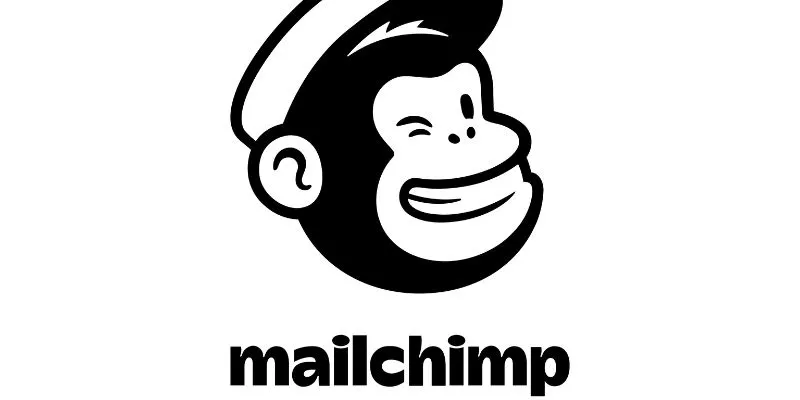
Step 7: Monitor and Optimize Performance
Apply logging at every stage of webhook handling. Track weekly subscription rates for both successful and failed subscriptions. Set up alerts for consecutive delivery failures. Analyze traffic patterns to anticipate API limits. Review Mailchimp’s monthly activity logs for any anomalies. Sort groups by webhook source to enhance targeting. Regularly prune inactive members to maintain a healthy list. Optimize server resources during known traffic spikes. Where feasible, cache frequent API responses. Rotate API keys three times a year for security best practices. Document every improvement to the integration process.
Conclusion
Mailchimp subscriptions are seamlessly automated using webhooks, ensuring real-time list updates and minimizing manual tasks. This guide provides the necessary steps to manage data mapping, connect your platform, and resolve common integration issues securely. This method reduces human errors in your email marketing process and saves hours of administrative work. Once the technical setup is complete, you can focus on creating engaging campaigns that resonate with your target audience. Regularly review monitoring processes to maintain optimal performance as your subscriber list grows naturally. Such smart integrations demonstrate how technology can enhance marketing outcomes without adding complexity.
Related Articles
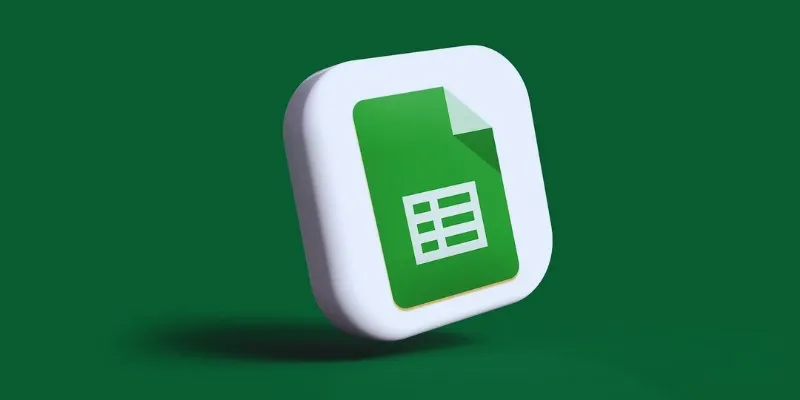
How to Integrate Google Sheets with Mailchimp: A Step-by-Step Guide

How to Integrate Google Sheets with Mailchimp: A Step-by-Step Guide

Brevo vs. Mailchimp: Choosing the Right Email Marketing Tool
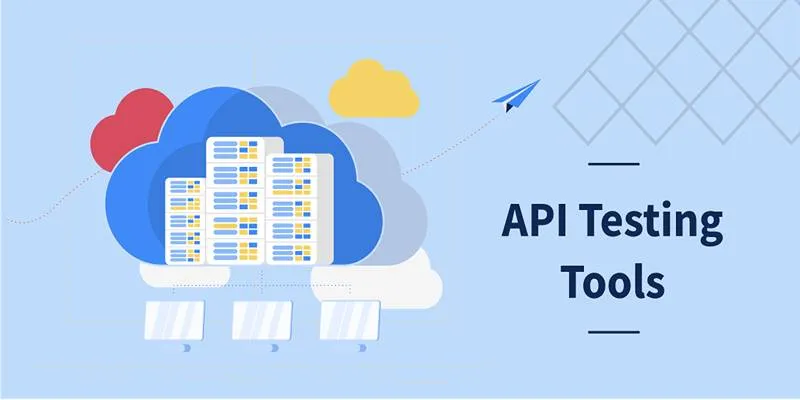
Free API Testing Tools That Help Developers Test and Debug Fast

Best Free Online Tools to Extract Audio from Any Video

Boost Network Security Using a Free API Port Summary Tool

How to Edit a PDF on Windows Like a Pro: The Ultimate Step-by-Step Guide

Best Free Online Tools to Extract Audio from Any Video
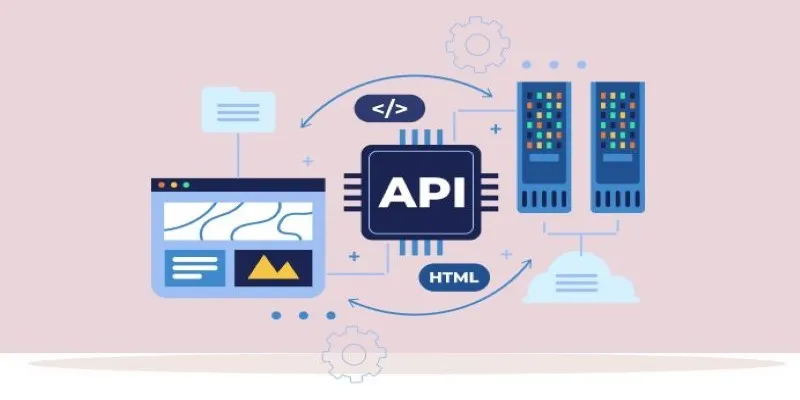
Why API Integration Is the Secret Behind Powerful Web Tools

Simple Ways to Transfer Files Between Phone and PC

Turn Web Pages into PDF Documents with These Simple Online Tools
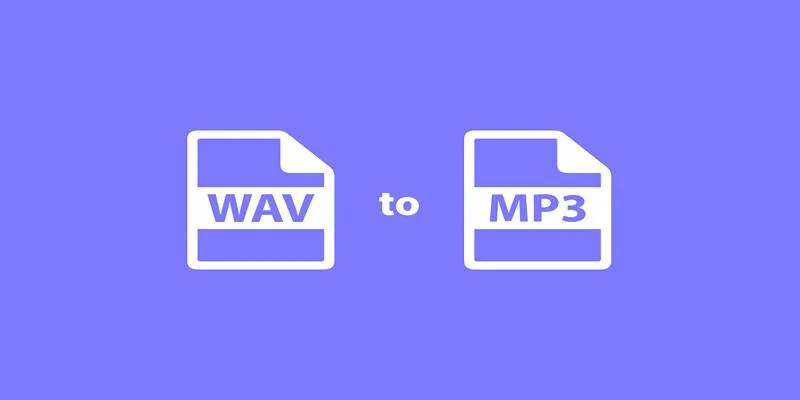
Best Ways to Convert WAV to MP3 and Reduce Podcast File Size Fast
Popular Articles
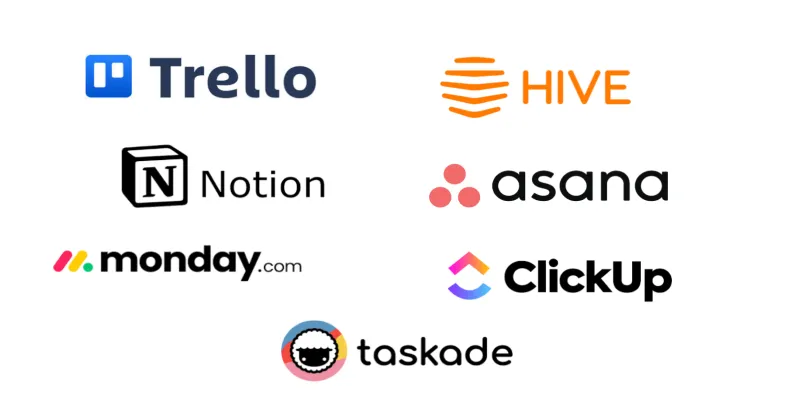
Streamline Your Workflow with These 6 Jira Alternatives in 2025

AVS Video Editor: What It Does Well and What Others Do Better
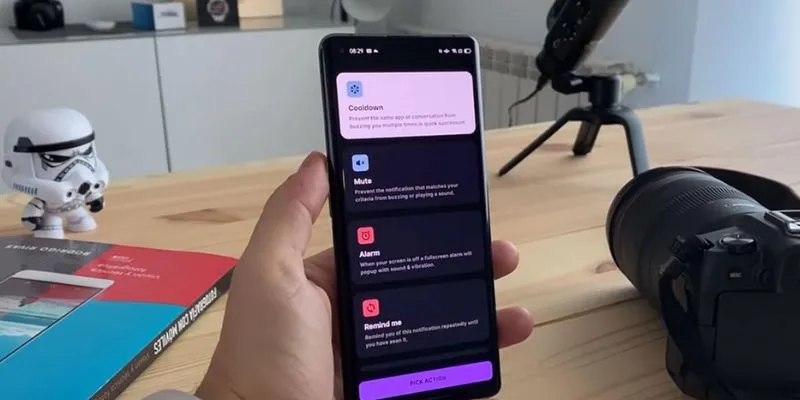
Why BuzzKill Is the Best Way to Manage Android Notifications

Convert AVCHD to MOV on Windows Without Losing Quality

10 Best Free Video Editing Tools to Make Social Media Videos Stand Out

Top Windows Video Converters with Licensed Features

How to Make a Flickr Slideshow with Music

Easy Ways to Automatically Upload Zoom Recordings to Google Drive

Bolt.new Introduces Advanced Supabase Integration for Real-Time App Development
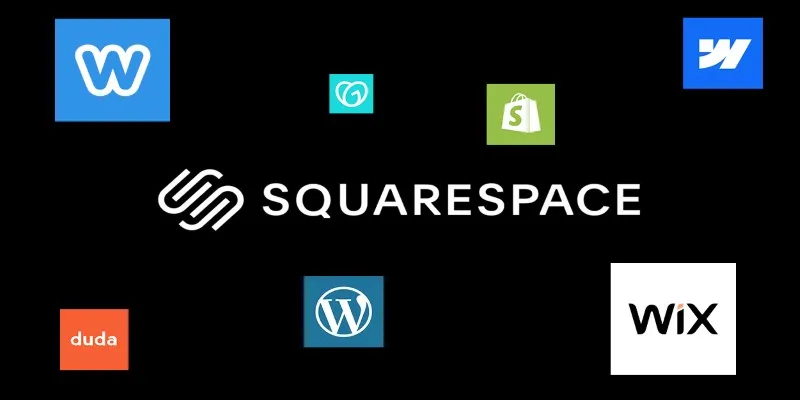
The 6 Best Squarespace Alternatives in 2025 for Custom, Creative Web Design
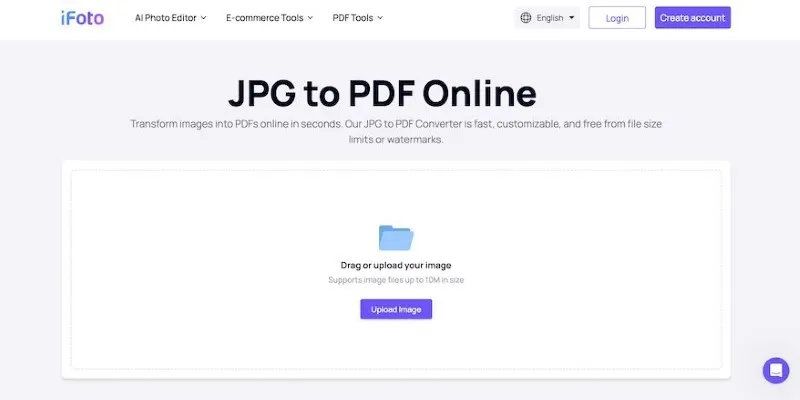
 mww2
mww2